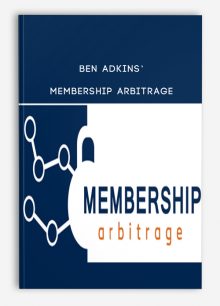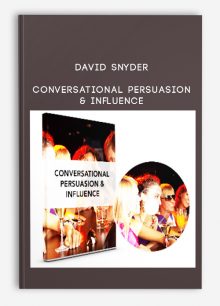-
×
 RunwiseFX v2.1.2.89
1 × $42.00
RunwiseFX v2.1.2.89
1 × $42.00 -
×
 Peter Levine – NICABM – How to Help Clients Break the Cycle of Traumatic Memory | Digital Download
1 × $84.00
Peter Levine – NICABM – How to Help Clients Break the Cycle of Traumatic Memory | Digital Download
1 × $84.00 -
×
 The LLC Master-Machine Asset Protection System
1 × $159.00
The LLC Master-Machine Asset Protection System
1 × $159.00 -
×
 Principles of Prosperity by Bob Proctor
1 × $297.00
Principles of Prosperity by Bob Proctor
1 × $297.00 -
×
 Paul Mascetta - Viral Persuasion Secrets
1 × $10.00
Paul Mascetta - Viral Persuasion Secrets
1 × $10.00 -
×
 IBD’s Level 3 – Chart School
1 × $99.00
IBD’s Level 3 – Chart School
1 × $99.00 -
×
 Stone River eLearning – Fitness Nutrition 102: How to Lose Fat and Build Muscle Fast | Digital Download
1 × $49.00
Stone River eLearning – Fitness Nutrition 102: How to Lose Fat and Build Muscle Fast | Digital Download
1 × $49.00 -
×
 Bar Ipro v9.1 for MT4 11XX
1 × $49.00
Bar Ipro v9.1 for MT4 11XX
1 × $49.00 -
×
 The Perfect Body Course by Kristopher Dillard
1 × $77.00
The Perfect Body Course by Kristopher Dillard
1 × $77.00 -
×
 Dirk Zeller - Team Mastery
2 × $57.00
Dirk Zeller - Team Mastery
2 × $57.00 -
×
 Membership Arbitrage from Ben Adkins’
1 × $37.00
Membership Arbitrage from Ben Adkins’
1 × $37.00
Subtotal: $1,017.00











Reviews
There are no reviews yet.